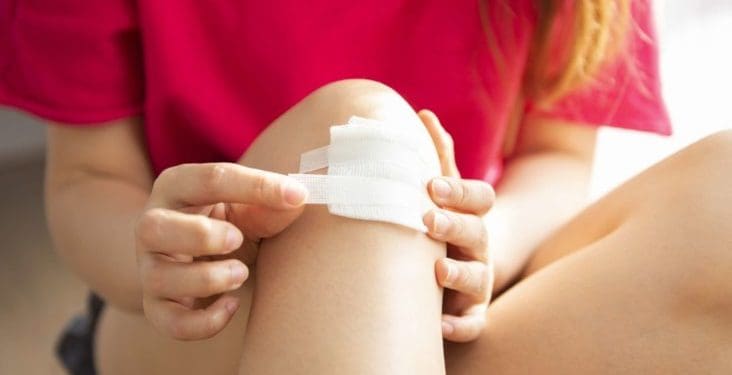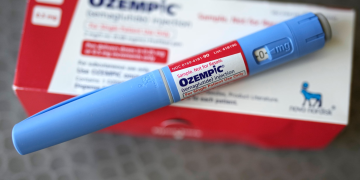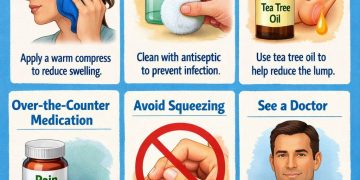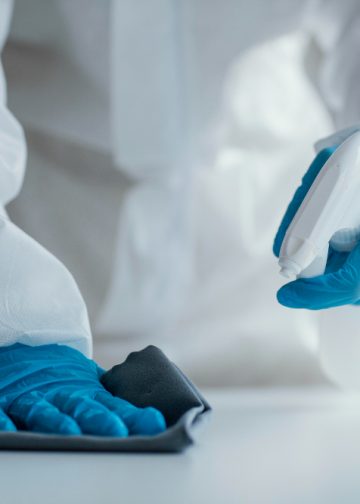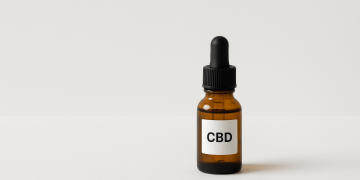Wash and dry your hands
Wash hands with clean water and wash with mild soap. Then wash your hands for at least 20 seconds to kill bacteria and bacteria, and then wash soap. Before treating the wound, dry your hands with a clean towel.
If you cannot wash your hands, you can also use hand sanitizer. Wait until the disinfectant has completely evaporated, otherwise, it may sting if you touch your kit.
1. If possible, wear disposable gloves before touching the wound to avoid spreading germs.
Wrap the wound with a clean cloth or gauze to stop bleeding
Choose a lint-free cloth you want to discard or a large piece of gauze that covers the entire cuttings. Gently press the tissue on the wound, applying pressure above the incision. If bleeding occurs, change the cloth or gauze and continue pressing until the bleeding stops.
Rinse with water for at least 5 minutes
Place the kit under cold or warm water from the sink or shower. Move the kit back and forth along the stream to flush out any remaining blood or debris. Leave the water on the wound for 5 to 10 minutes to prevent infection.
1. Do not rub or touch the incision, as this may open the backup and start bleeding again.
2. Do not put the kit in standing water, because you can reintroduce bacteria into it. If necessary, use a glass of clean water to soothe the wound.
Disinfect the wound with gauze soaked in saltwater
Soak a large piece of gauze in saline, and then gently press the wound. Remove the cushion from the skin to prevent the incision from opening again. Continue to tap around the wound until it is completely removed.
Use a clean shoulderless towel to dry the wound
Gently press the towel on the incision and gently press to absorb the moisture. Don't rub the towel back and forth because you may feel pain or your wound may start to bleed again. Instead, remove it from the skin and pat dry.
Apply honey to your wounds for effective virus protection
Choose organic honey because it is unprocessed and works more efficiently. Rub the honey into the wound with your fingers, being careful not to open it again. Gently press the honey onto the wound so that it completely covers a thin and even layer.
Honey has antioxidant, anti-inflammatory, and antibacterial properties.
1. If the honey does not flow easily, try diluting it with 1 tablespoon (4.9 ml) of water at a time.
2. If honey is easier to apply to the skin, you can also apply the honey directly to a bandage or gauze.
If your wound feels swollen
Try using vitamin E oil or ointment. If your wound looks red or puffy, apply finger-sized oil or vitamin E ointment and gently apply it to the wound. Apply as much vitamin E to the skin as possible, but be careful not to cuts yourself or open the wound.
You can buy topical vitamin E at the wound care department or at your local pharmacy.
Vitamin E is an antioxidant and anti-inflammatory, so it helps reduce redness and swelling.


